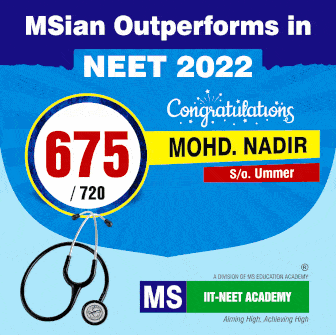Washington: According to research published in JACC: CardioOncology, physical activity intervention during chemotherapy is safe, it increases long-term fitness”>cardiorespiratory fitness, and alleviates some of the side effects of cancer treatment. If exercise is not possible during chemotherapy, the individual can engage in a post-treatment exercise programme to regain the same level of function.
Cardiorespiratory fitness, measured by peak oxygen uptake (VO2peak), is regarded as one of the most significant independent predictors of cardiovascular health. During cancer treatment, VO2peak declines up to 25%. Cancer treatment often leads to adverse effects that impair the patient’s health related quality of life (HRQoL), including reduced fitness”>cardiorespiratory fitness, increased fatigue and cardiovascular morbidity. Physical activity is proven to mitigate these risks. Exercise therapy is associated with increased fitness”>cardiorespiratory fitness, improved VO2peak, and a decline in cardiovascular morbidity, cancer mortality, and overall mortality.
“The benefit of exercise for cancer patients is widely acknowledged. However, there is insufficient evidence on the optimal timing of exercise intervention for improving long-term fitness”>cardiorespiratory fitness in patients with cancer,” said Annemiek M.E. Walenkamp, MD, PhD, senior author of the study and a medical oncologist at the Department of Medical Oncology, University Medical Center Groningen in Groningen, the Netherlands.
In the ACT trial, the researchers examined the efficacy of exercise intervention during chemotherapy compared with after treatment for improving long-term fitness”>cardiorespiratory fitness. Adult patients recently diagnosed with breast cancer, colon cancer, testicular cancer, or B-cell non-Hodgkin lymphoma who were scheduled to receive curative chemotherapy were eligible for the study. Between February 2013 and November 2018, participants in the trial were randomized to a 24-week exercise intervention initiated either during or after chemotherapy. Types of exercise included moderate to vigorous effort on a stationary bicycle, resistance training using weight machines and free weights, and badminton. The primary endpoint was the difference in VO2peak one year after the intervention. The secondary endpoints were VO2peak after completion of chemotherapy and intervention, muscle strength, HRQoL, fatigue, physical activity, and self-efficacy at all time points.
The researchers found that directly after chemotherapy, the group that initiated exercise therapy during treatment reported less fatigue and more physical activity and declined less in VO2peak, HRQoL, and muscle strength. Three months after chemotherapy, the group that began exercising after treatment showed similar values to the group that exercised during. Both groups were back to their baseline fitness”>cardiorespiratory fitness one year after completing the exercise intervention, irrespective of timing.
“These findings suggest that the most optimal timing of physical exercise is during chemotherapy. However, initiating a physical exercise program after chemotherapy is a viable alternative when exercising during chemotherapy is not possible,” Walenkamp said. “We hope our findings motivate health care providers to guide patients to engage in exercise interventions during anti-cancer treatment.”
The American College of Cardiology envisions a world where innovation and knowledge optimize cardiovascular care and outcomes. As the professional home for the entire cardiovascular care team, the mission of the College and its more than 56,000 members is to transform cardiovascular care and to improve heart health. The ACC bestows credentials upon cardiovascular professionals who meet stringent qualifications and leads in the formation of health policy, standards and guidelines. The College also provides professional medical education, disseminates cardiovascular research through its world-renowned JACC Journals, operates national registries to measure and improve care, and offers cardiovascular accreditation to hospitals and institutions.
The ACC’s family of JACC Journals rank among the top cardiovascular journals in the world for scientific impact. The flagship journal, the Journal of the American College of Cardiology (JACC) — and family of specialty journals consisting of JACC: Advances, JACC: Asia, JACC: Basic to Translational Science, JACC: CardioOncology, JACC: Cardiovascular Imaging, JACC: Cardiovascular Interventions, JACC: Case Reports, JACC: Clinical Electrophysiology and JACC: Heart Failure — pride themselves on publishing the top peer-reviewed research on all aspects of cardiovascular disease.
Stay connected with us on social media platform for instant update click here to join our Twitter, & Facebook
We are now on Telegram. Click here to join our channel (@TechiUpdate) and stay updated with the latest Technology headlines.
For all the latest Health & Fitness News Click Here

